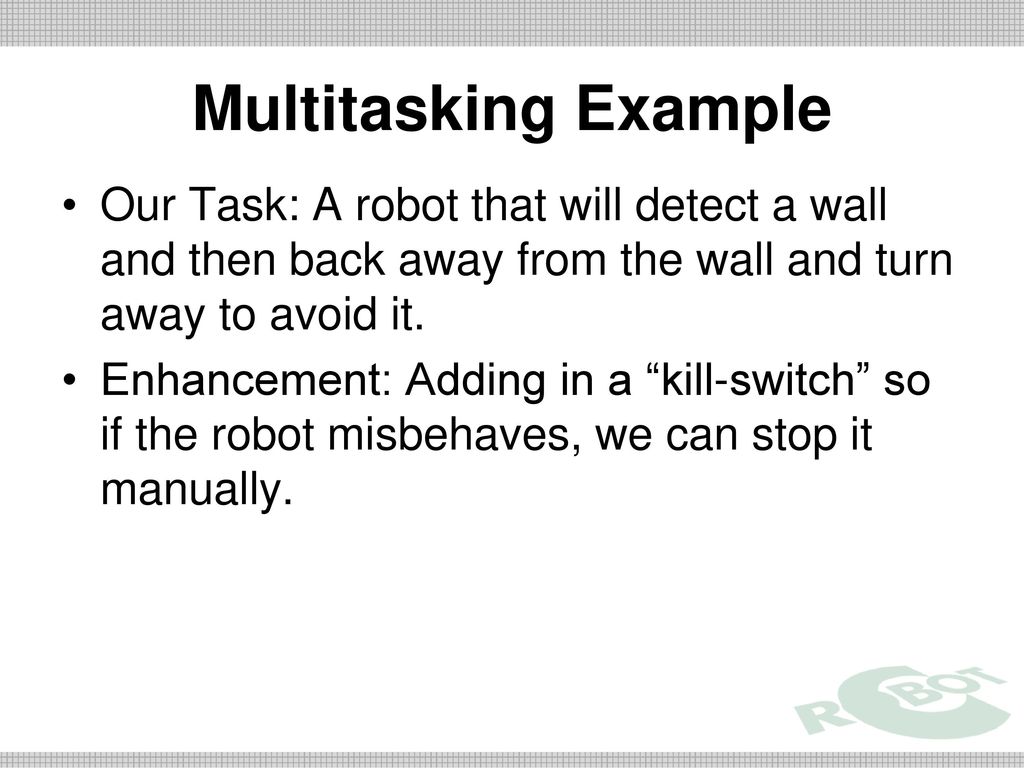
Let us know if you want to discuss your next multi-purpose mission. I think we will increasingly see unmanned surface vehicles like the Wave Glider be expected to multi-task, supporting multiple sensor payloads and real-time communications. Advancements in system endurance, reliability, power systems, and autonomy are making this possible.

Lately, some customers have been using Wave Gliders for both subsea acoustic applications, such as extracting data from sensors on the seafloor or a tagged mammal, and metocean data gathering. This flexibility enables these dual-use missions. The Wave Glider design, which includes both a surface and underwater component (the sub), allows it to host and tow sensors both below the waterline and above it. These examples and more are explored further in a recent Ocean News & Technology article, Advances in Unmanned Surface Vehicles for Long-Duration METOC Missions. It’s an efficient way to enhance situational awareness and endure safe operations around multi-billion-dollar oil operations. Here, the multi-tasking takes the form of monitoring the metocean conditions, everything from currents to wind to wave height to water temperature, around offshore oil rigs. For seismic surveys, Wave Gliders have assisted in a range of roles that have enabled more accurate measurements and reduced costs. Gathering oceanographic data for offshore oil and gas operations is expensive and often unreliable, especially in deep water. Along the way, it collected 9,516 measurements of meteorological, oceanographic, and marine biodiversity data over expanses rarely traveled.
#Robotc multitasking manual
Basically, this robot is controlled over bluetooth, doing some tasks based on the command Manual control (RC Mode), Autonomous (Obstacle avoider Mode), and shows a text on LCD, also control the Robots speed. Project by Dim Sheldon also on Instructables. Let the Wave Glider swim home! So it did, traveling more than 2,808 nautical miles (5200 km) back to port in Hawaii. MultiTasking Robot with Devastator Platform - DFRobot.


Outfitted with key sensors-an AIS receiver, acoustic sensors, and camera-the Wave Glider detected vessel activity via acoustic signals, capture images of potential “dark targets,” and send thumbnails via Iridium satellite back to a command center.Īfter successfully completing the mission, rather than recovering the vehicle in the Pitcairn Islands at great expense, we had a better idea. Working in conjunction with the Pew Charitable Trust “Project Eyes on the Seas,” a Wave Glider was dispatched to patrol the waters around the Pitcairn Islands. How do you protect 840,000 square kilometers of remote marine habitat without incurring the expense and risk of manned missions? That was the challenge facing the Foreign and Commonwealth Office (FCO).
#Robotc multitasking pro
Need an extra arm Multitask like a pro with these robotic arm attachments. If you’re going to send a robot out into the ocean for a long period of time, why not have it do more than one job? Lately we’re seeing more of our missions do just that.Ĭombat Illegal Fishing + Collect Marine Biodiversity Data Multitasking robot arms Posted by Shane Hinshaw in category: robotics/AI.


 0 kommentar(er)
0 kommentar(er)
